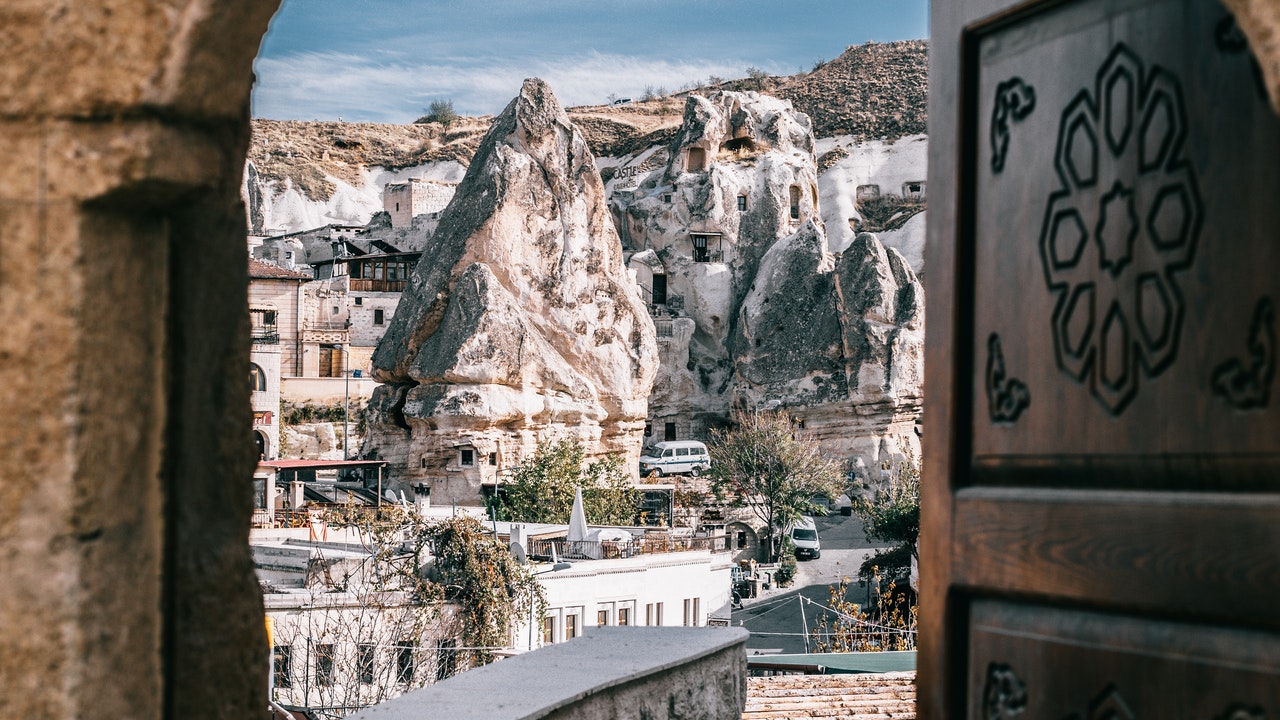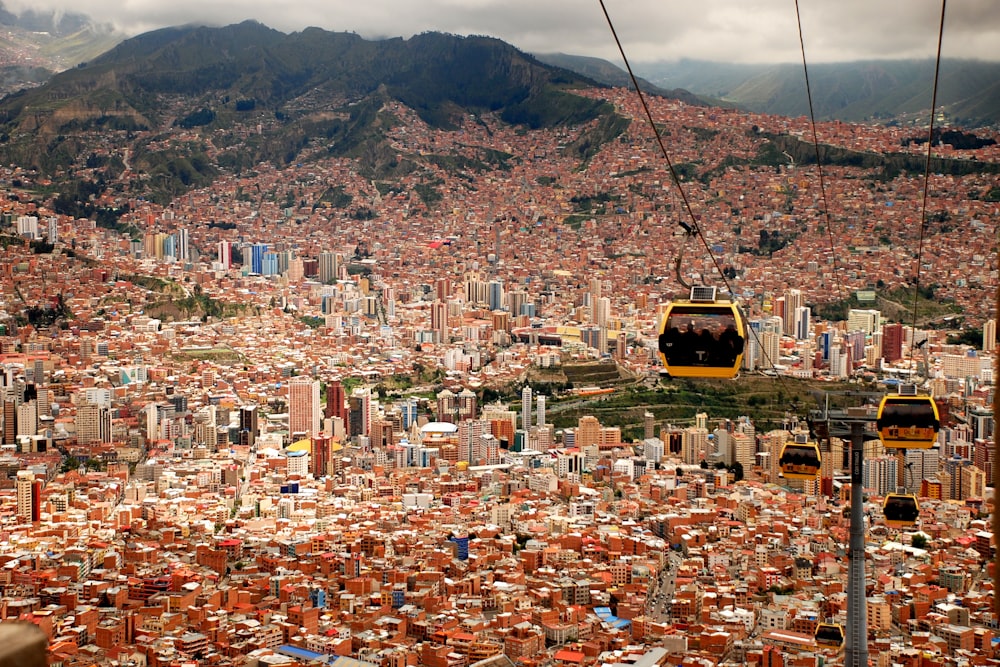The history of Bolivia is torn between the up-and-coming Latin America of Instagram and the centuries-old customs that will not go away. Putting your travel experiences in Bolivia’s historical perspective requires knowledge of the country’s fascinating past. You will learn a lot about Bolivia by studying these interesting facts about the nation and its people.
All You Know About History of Bolivia
Bolivia’s oldest known civilization is the Tiwanakan, which flourished south of Lake Titicaca circa 2000 BC. Tiwanaku, their magnificent metropolis, created by them. So, Thousands of years later, in the 15th century, the Incan Empire made its first foray into Bolivia, settling in the region. Until the arrival of the Spaniards in 1525, they ruled the region. However, in 1809, Bolivians proclaimed their independence after over 300 years of Spanish dominance. They battled the Spanish for 16 years until declaring independence on August 6, 1825, and became the Republic of Bolivia. Bolivar was the liberator and general who gave his name to the nation.
However, Bolivia, on the other hand, was a weak and impoverished nation. Although silver and tin exports fared well at times, the government remained unstable and weak for many years after that period ended. They battled Chile in the War of the Pacific in the late 1800s. You defeated them in the conflict, and they also lost control of their coastal region. Bolivia was now completely cut off from the world’s oceans. Bolivia has had a turbulent 20th century marked by upheaval. Over the previous 50 years, there have been several changes in leadership, government types, democratic initiatives, and military takeovers.
The Geography of Bolivia-History of Bolivia
Although being a Spanish-speaking nation, Bolivia has a diverse population that speaks a variety of other languages as well. Including extinct dialects, the 2009 constitution recognizes 37 different tongues.
Officially, all indigenous languages are recognized, with Quechua being the most frequently spoken of them. All indigenous languages. Quechua mostly speak in the Andes, although Chiquitano and Guaran speak along the border with Paraguay, and Aymara speak on the high plateaus.
Republic is the form of government. Total area Covered by All Languages: 1,098,580 square kilometers comparatively speaking, it’s about two and a half times as big as Montana.
Location: 17 00 South, 65 00 West South America is a continent in the world.
Landscape: The Andes Mountains with the Altiplano and hills, the Amazon Basin’s lowland lowlands. Rio Paraguay is the geographic low point. With a distance of 90 meters, Nevado Sajama is the highest point in the area. The length of 6,542 feet depends on altitude, whether it is humid or chilly, or semi-arid.
Capital: LA PAZ, Santa Cruz, and Sucre each have a population of 1.584 million (2009)
The People of Bolivia
However, Republic is the form of government. Languages Spoken: Spanish, Quechua, and Aymara (official) The day the United States gained its independence known as the Declaration of Independence, which was from Spain. August 6 is a federal holiday in the United States (1825) Bolivian by birthright (s) Religions: 95% Roman Catholic, 5% Protestant, the llama; the Andean condor CancionPatriotica is the Spanish word for “National Anthem” (Patriotic Song)
Economy in Bolivia
At Last, Mineral extraction, smelting, petroleum refining, food and beverage manufacturing, tobacco production, and retail trade are important industries. Soybeans, coffee, cocoa, cotton, maize, sugarcane, rice, and potatoes are agricultural products. The following are natural resources: tin; natural gas; petroleum; zinc, tungsten, antimony; iron, silver, gold, lead, wood, hydropower.
The following are the country’s most important exports: natural gas, soy products, crude oil, zinc ore, and tin. Many things come in from other countries that we use daily. The boliviano is the currency used here (BOB) National Gross Domestic Product (GDP): $50.940 billion.
Read More: 6 Famous Places to Visit in Bolivia


